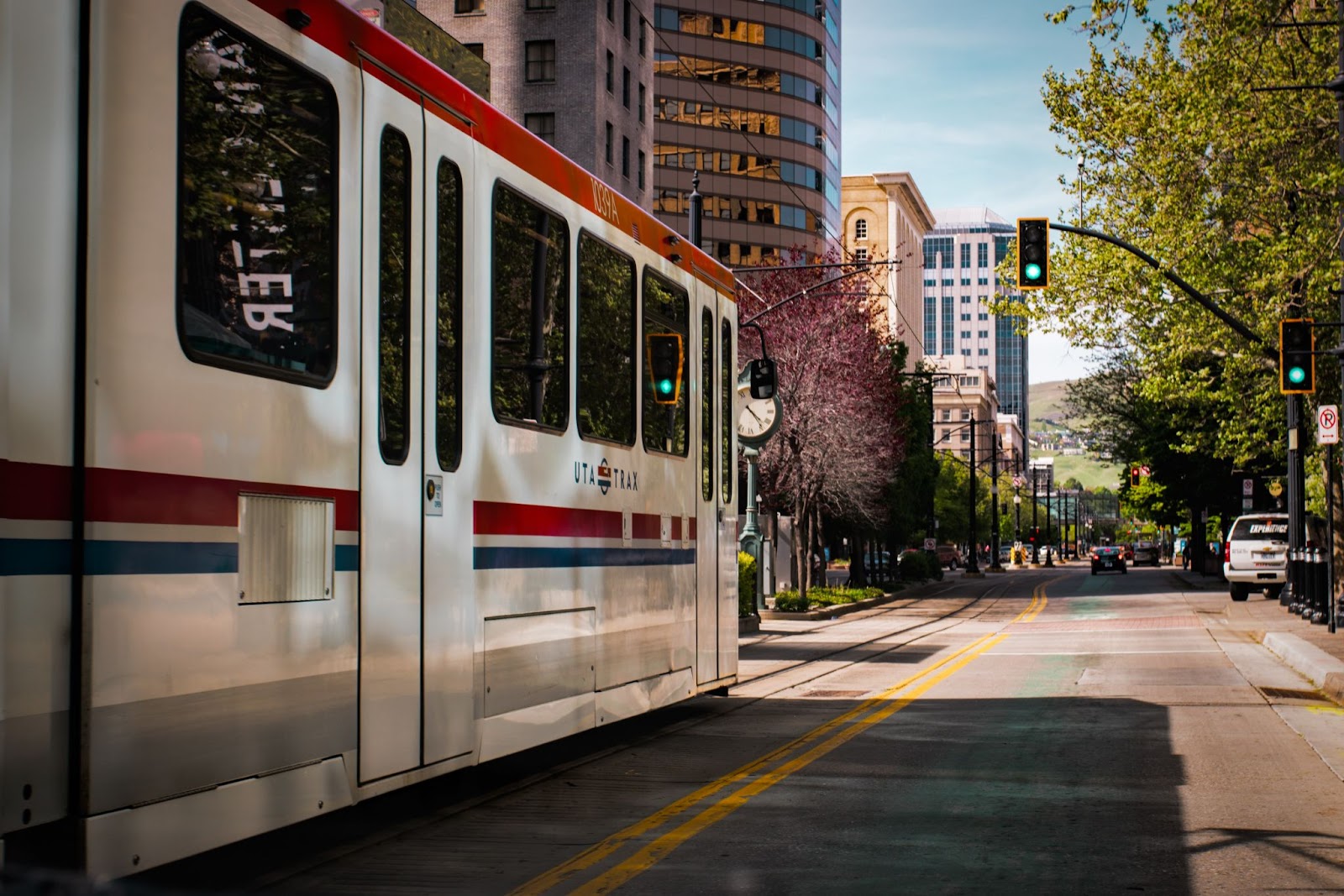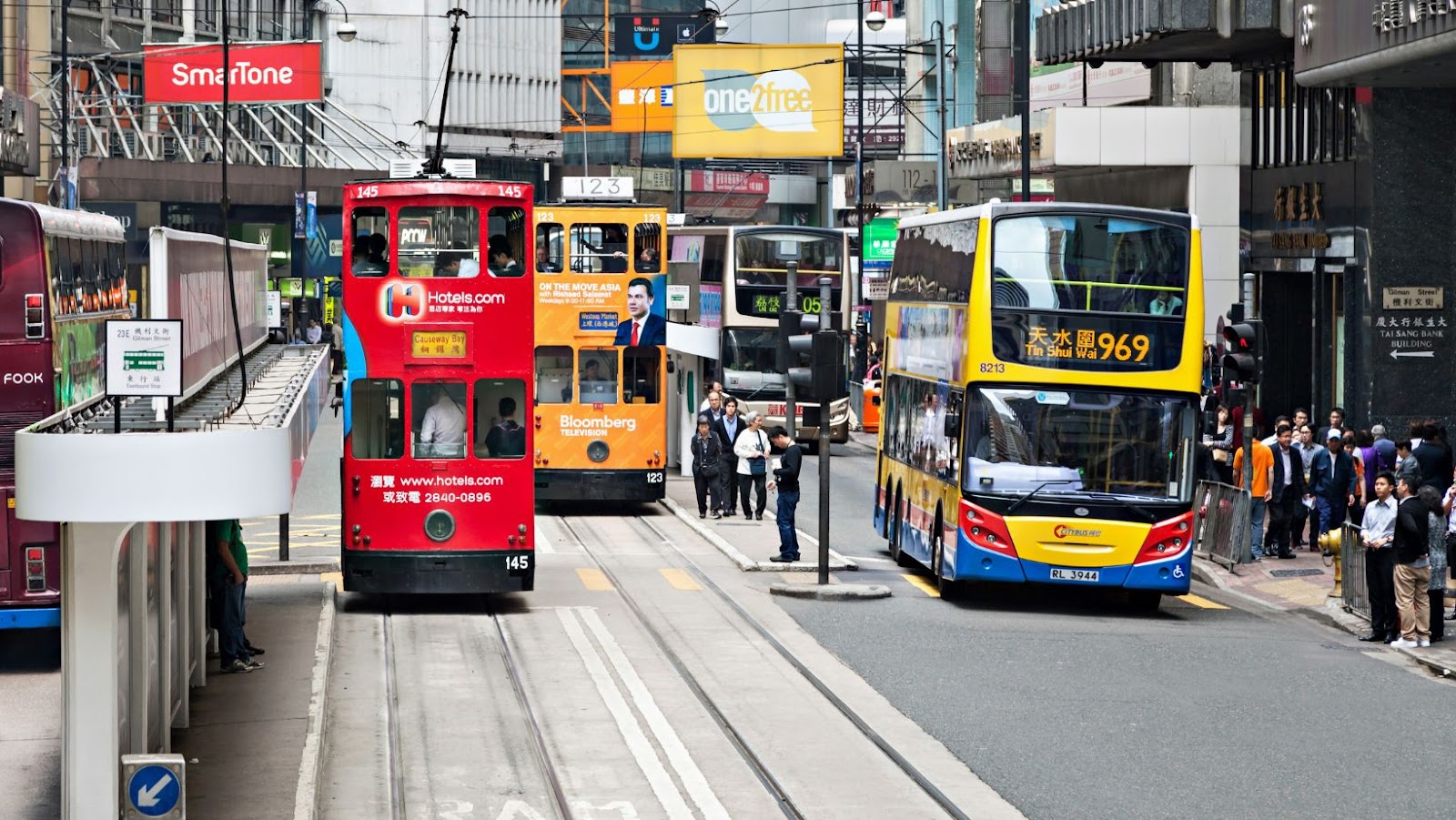
Even the most urban of us have to occasionally go beyond our city limits. If you don’t live near your workplace, public transit and monthly parking can both be great options for commuters. But which one is best? Read on to find out!
Monthly Parking Pros:
Here are some of the advantages of monthly parking:
- It’s convenient. Monthly parking gives you a designated, secure spot near your destination. You can avoid the hassle of finding a spot or paying for monthly parking or by the hour – your spot will always be reserved just for you. It’s easy to find available spots nearby when needed (no hunting around for hours trying not to get towed!) – a part of your commute that can sometimes take longer than driving from home to the place you need to be.
- It’s close to your destination. If you’re commuting to work or school on a regular basis, monthly parking gives you an easy journey from home to work/school and vice versa. You can find monthly parking rentals all over town – there’s sure to be one near your offices or wherever else you are going. Sometimes bus and train stops can be quite far apart, meaning you might have a long walk from your stop to your workplace. That’s not what you want at the end of a busy shift!
- It’s affordable. Monthly parking may be more expensive than hourly rates at first glance, but when you consider that it covers all days in a given month (including weekends), it works out to be much cheaper than paying per day during peak times throughout the year.
Monthly Parking Cons:
Although monthly parking certainly has its advantages, there are also a number of drawbacks you might need to consider:
- It can be costly. If you’re living in a major metropolitan area like New York City, it can be hard to find a spot that’s within walking distance of your office. In these areas, monthly parking rates can reach into the thousands of dollars per month—and that’s not even including gas or tolls. Essentially, the closer you are to the CBD, the more you are likely to have to pay.
- You have to deal with traffic. Morning rush hour traffic is annoying. It’s a fact of life for commuters, and it’s something we’ve all come to accept as just one of those things that happen when you live in a big city. With monthly parking, you still have to drive to your destination and face those miles-long tailbacks that move at a snail’s pace.

Public Transit Pros:
Public transit is a fantastic option for commuters who want to avoid traffic, save money and the environment, stay safe, and get where they’re going on time.
- Efficiency. Public transit is the most efficient way to get around in many cities. Most cities have a very well-thought-out transport map with links to all corners of the city and beyond.
- It can be cost-effective. Public transportation makes sense from an economic perspective because it uses far fewer resources than cars: less energy, less space on the road, fewer parking spaces needed, and so forth. It also saves you money by eliminating the cost of owning a car or paying for gas or insurance. Even if you don’t think about these things in terms of financial savings every day when you commute via public transit instead of driving yourself through traffic jams every morning before work, they’ll add up over time into real dollars saved.
Public Transit Cons:
Public transport might seem like an easy way out of traffic jams and parking problems. But when thinking about commuting through public transportation routes instead of driving yourself around town on your own schedule without any interruptions at all…it may not actually pan out as well as expected! Here are some drawbacks to consider:
- Public transit is expensive. Depending on which city you live in, you might find your monthly public transport pass can cost as much, if not more, than a parking space for rent. However, keep in mind that you don’t have to pay maintenance and fuel costs if you give up your car for good.
- Public transit is slow. Although it can be quicker than sitting in traffic, that’s not always the case. Many bus and train routes have several stops packed quite closely together, meaning the overall journey time can take longer.
- Public transit can be unreliable. Between strikes and breakdowns, sometimes public transport doesn’t run as it should. It’s less than ideal when you’re late for work because your bus didn’t show up!
- Public transit can be inconvenient, depending on the route and schedule you choose to take.
- It can be dangerous, especially if you’re not familiar with your surroundings or getting around in general. This can be especially true for areas where there are high crime rates; for example, if you’re in New York City and don’t know how to navigate through the subway system safely and quickly enough, then it’s going to be difficult for you to get around—especially since many people have had their wallets stolen while using these public transportation systems.
So, Which Option is Best for You?
If you’re hoping to ditch your car and opt for public transit instead, it’s important to consider the overall cost of living without a car.
If monthly parking is less than the cost of a monthly bus or train pass, then taking public transportation won’t necessarily save you money. If not, it’s worth looking at other options like carpooling or ride-sharing programs, as they may save more in the long run.

If owning a vehicle is necessary for work purposes, consider how much time you spend commuting each day and weigh that up against the time you might save by taking the bus instead. And remember, when you’re not driving, you have time to do other things like catch up on emails or read a book.
Conclusion
As we’ve shown, there are many pros and cons to both monthly parking and public transit. In the end, it’s up to you to decide which is right for you. We hope our guide can help you find a solution that works best for your commute and lifestyle needs.























